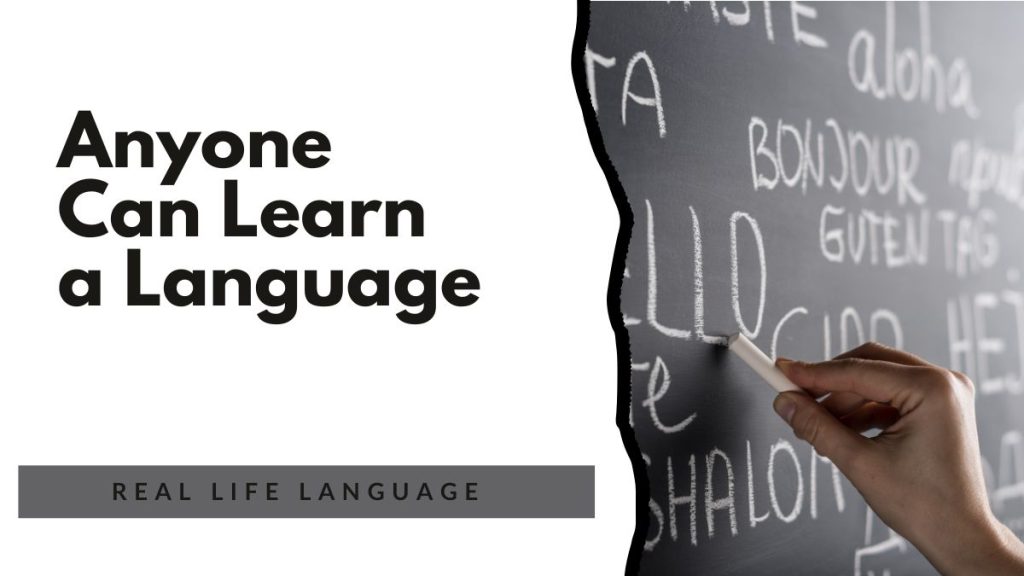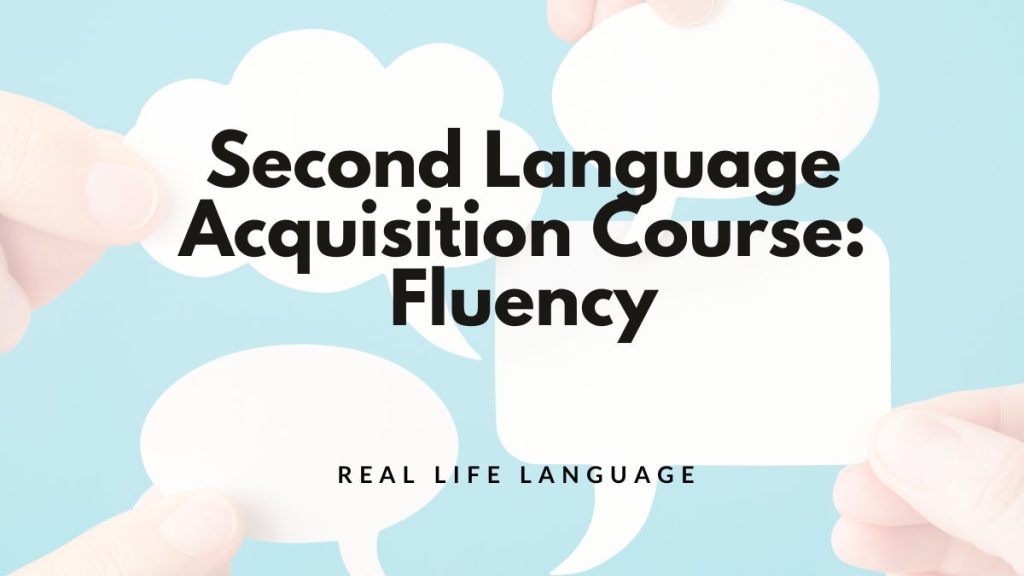Second language acquisition can feel like a mystery: you study, complete courses, yet real conversation still seems out of reach. If you’ve been diligent and still wonder why progress stalls, this piece is for you. In this article I explain common problems with traditional language teaching, what lies behind them, and practical steps you can take to move from completing lessons to communicating confidently.
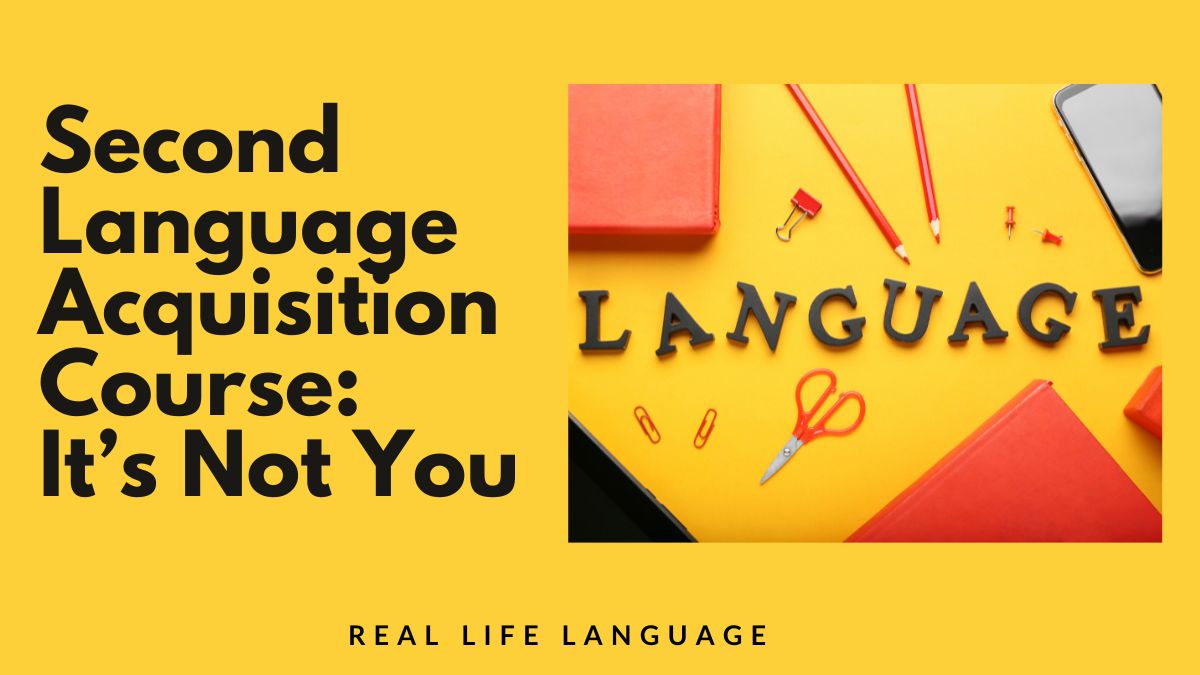
Why traditional language learning often fails
There are three recurring reasons learners get stuck: rigid structure, insufficient time, and misleading level descriptions. These issues don’t mean you’re a bad learner — they point to systems that expect language to be acquired in a linear way, when learning is often messy and nonlinear.
1. Rigid structure
Most programmes are organised into levels: beginner, intermediate, advanced — or numbered courses like 101, 102, course 1–5 and so on. The pattern is simple: start very easy, then escalate quickly into complex grammar and topics. While this looks logical on paper, it rarely matches how we actually internalise language.
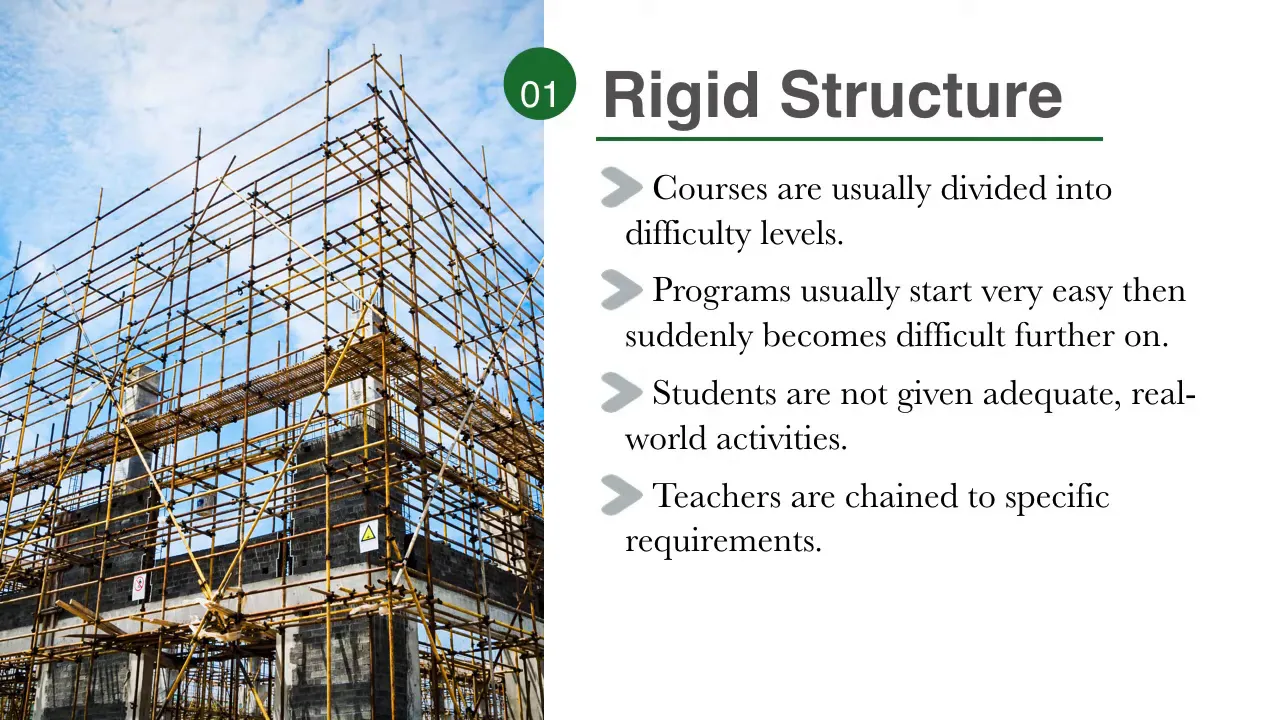
Independent courses like Pimsleur or popular software tend to recycle content and use spaced repetition, which helps retention. But even well-designed courses may expose you to advanced structures before you have sufficient real-world practice to use them naturally. Research into Second language acquisition shows we acquire grammatical structures in a predictable order; understanding something in theory is not the same as being able to use it fluently in conversation.
2. Time is limited
Academic semesters and short courses simply don’t provide the hours needed to reach communicative fluency. A college module may offer a few dozen hours per semester; national institutions estimate that functional proficiency takes many hundreds of hours. Completing a sequence of courses does not automatically equal being advanced.
3. Misleading descriptions
Labels like “beginner,” “intermediate,” and “advanced” are often relative and inconsistent. To be precise, frameworks such as the Common European Framework (CEFR) define levels: A (novice), B (independent user), and C (proficient). A true B2 level means you can create original sentences and speak in extended paragraphs — what many call “fluent” — while A levels are limited to basic phrases and survival language.
Understanding the research: natural order and comprehensible input
Work by researchers in Second language acquisition highlights the concept of a natural order: learners tend to internalise grammar in specific sequences. Trying to force advanced structures too early leads to shaky output. A more effective focus is on comprehensible input — exposure to language that is slightly above your current level but understandable in context.
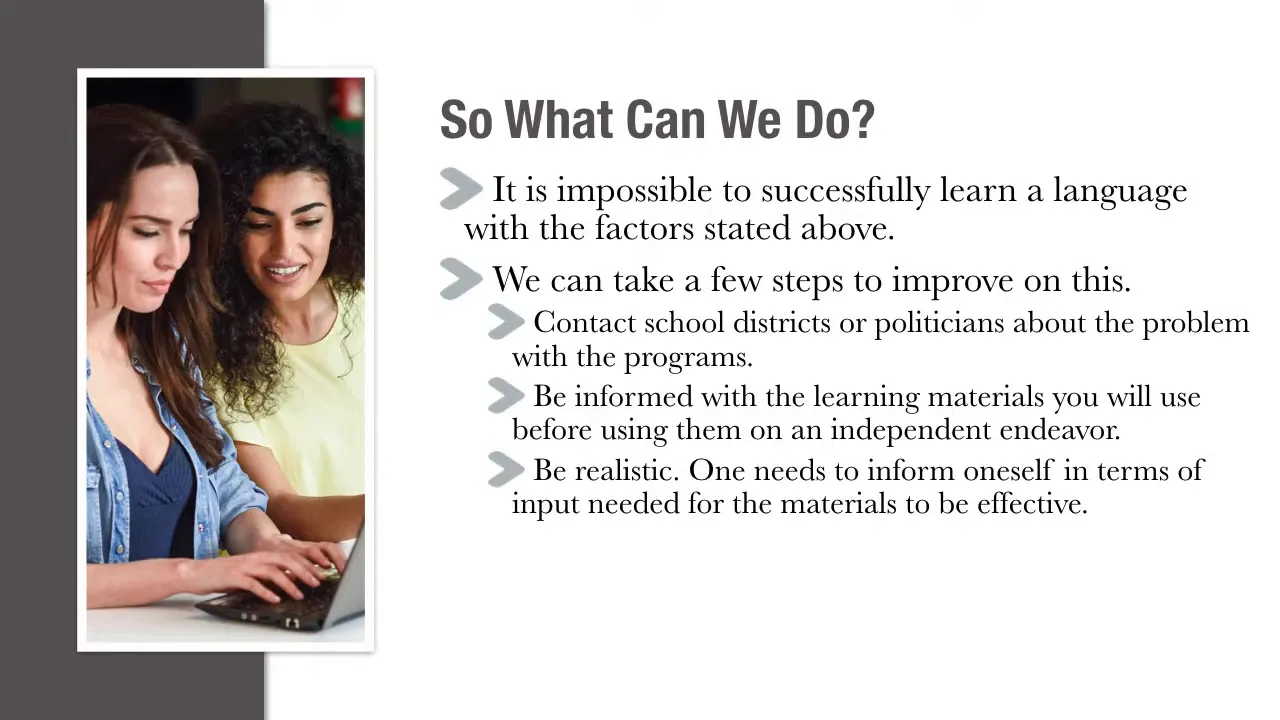
What you can do differently
It’s not you. If you’ve been finishing lessons and still feel far from your goals, change your strategy. Here are practical, realistic steps to apply:
- Be informed about your materials: Know what a course promises and what level it actually delivers. Don’t equate finishing a series with fluency.
- Prioritise communicative practice: Pair grammar study with real-world tasks — speaking with native speakers, role-play, or producing short paragraphs rather than only completing exercises.
- Use comprehensible input: Consume content just above your level (short stories, graded readers, subtitled videos) to build natural acquisition pathways.
- Track realistic timeframes: Refer to reputable benchmarks (for example, Foreign Service Institute estimates) to set expectations for how long Category I versus more distant languages take.
- Mix methods: Audio courses like Pimsleur are excellent for spoken fluency and listening, but combine them with reading, writing and conversation practice to close the gap between lessons and real use.
- Change it up: If one programme stops producing gains, switch activities. Variety helps consolidate learning and keeps motivation high.
Practical weekly routine suggestion
A simple, balanced weekly routine can accelerate Second language acquisition:
- 3 sessions of focused listening/speaking (30–45 minutes each)
- 2 sessions of reading (graded texts, 20–40 minutes)
- 1 active production session (write or record a short paragraph and try to use new structures)
- 1 social session: conversation exchange or language partner
Conclusion — be realistic, not discouraged
it’s not you
Switching perspective from “completing courses” to “creating opportunities to use language” is crucial. Second language acquisition takes time and deliberate practice. Inform yourself about the materials you use, aim for comprehensible input, mix methods, and set realistic expectations. Stick with it, adapt as you go, and the progress will follow.
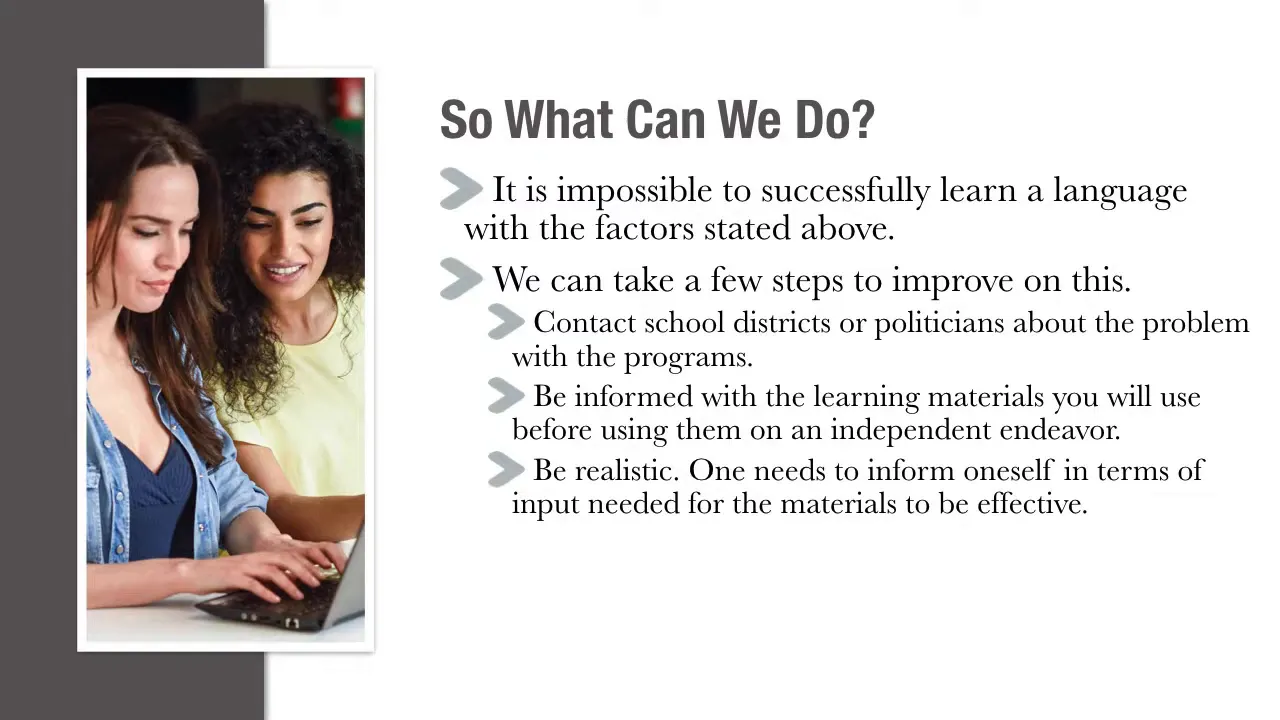
Building Proficiency for World Language Learners: 100+ High-Interest Activities
Discover over 100 dynamic activities to make world language learning interactive and fun. I wrote this book with some of my favorite activities for educators aiming to build proficiency with high-impact strategies.
Learn more and get your copy here.
5 Weeks of No and Low Prep Fun
Need quick, engaging activities for your class? This free guide includes 25 no-prep and low-prep ideas to save time while keeping students excited about learning.
Download your free copy now.
